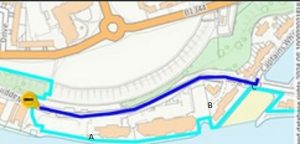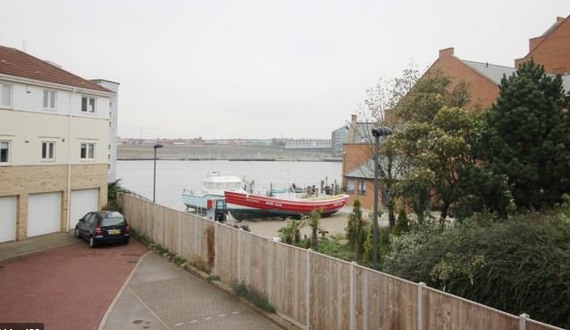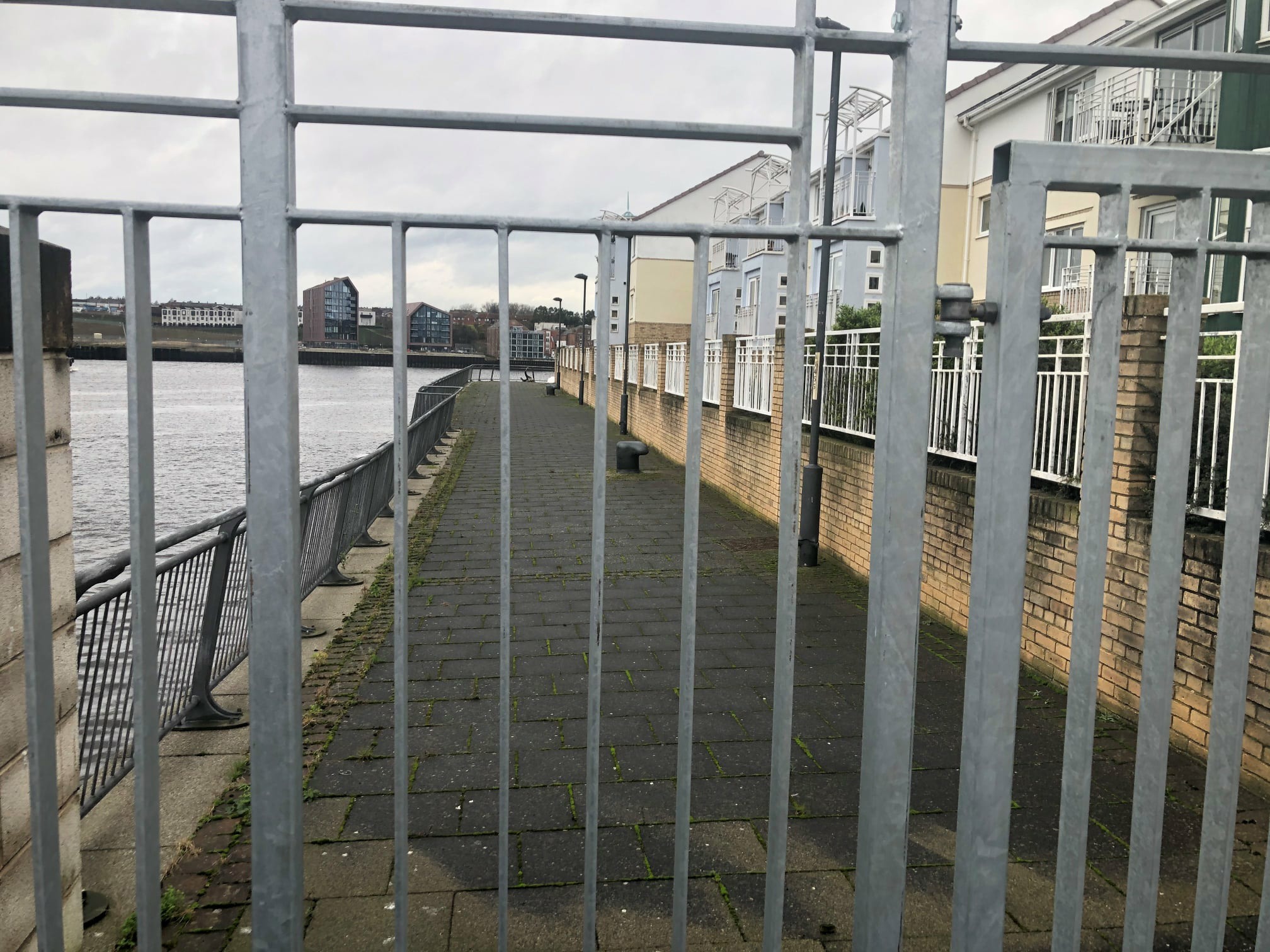South Tyneside Council had been giving part of the English Coastal Path away to favoured Customers and this site was raised when Northumberland County Council started to do the same thing in Amble a few years later.
The gift of the Right of Way to Readheads Landing to the Port of Tyne was first noticed when the planning officer in charge, gave it to them in 2013 and removing access to the river Tyne at the same time.
The Planning Officer, Mr P Cunningham, got away with it because Rights of Access are controlled by Parliament and not by the Local Council and by this means quite a long strip of land could be simply given away to anyone he chose because it would be extremely unlikely that the issue would be raised in Parliament.
The process is a bit different if the adopted footpath is not made a Right of Way but South Tyneside have developed an alternative method of giving public footpaths to give away paths to favoured customers and in the case of the England Coastal Path (ECP) that ran between the old call centre, Garlands and the river Tyne they gave it to the residents of No. 30 and two or more properties in Long Row but it required:
-
an architect to include part of the ECP including Market Dock, by redrawing the adjacent property(s) boundary to include the desired bits of land;
-
a planning officer, Mr G Simmonette in this case, to accept the drawing as legitimate;
- then someone senior in the Council, to approve it;
As one can see, the fraud is deceptively simple. Initially the developer of the conversion of the Call Centre into flats had not thought to include this section of the England Coastal Footpath but at some point he was persuaded that the value of his flats could be increased considerably by closing off the relevant part of the ECP from the public.
A firm of architects, a planning officer and his boss were easily persuaded to amend and approve the site plans to give away the stretch of the England Country Path from Comical Corner to where it met Long row on the south side side of the former Brigham’s dry dock but it became more complex when the three stoppages were allowed to be built because public rights of way (public footpaths, bridleways or restricted byways) are highways protected by law. To divert or close a right of way one must apply for a public path order.

From North to South:-
| A | B | C |
 |
 |
 |
Bypassing this process, ancient and not so ancient parcels of land are given to property owners or developers in this way.
They do not own these but soon after the Council ‘approve’ the development of a site adjacent to the lane or footpath, they are lost to the public by barriers being erected and this is probably the best example of the practice being exercised on the England Coastal Path.
For more up to date information, please see the Facebook Group, Reopen the Coastal Path

